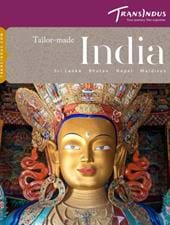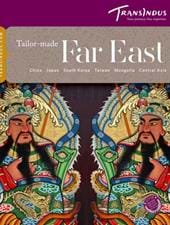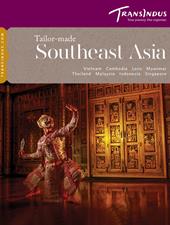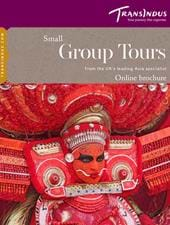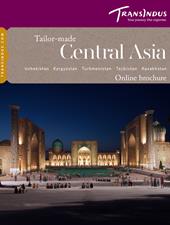This remote region in the far northwest of Gujarat has long been a land apart from the rest of India. A pan-shaped island sandwiched between Indian Saurashtra and Pakistani Sind, it used to be cut off for months on end by monsoon floodwaters and wind-blown tides, though now the gleaming, white salt flats these leave in their wake – the Ranns of Kutch – are crossed by modern causeways.
The area’s extreme isolation explains why it has traditionally been a refuge for tribes, castes, and clans fleeing persecution elsewhere. Distinguished by their dazzling mirror-inlaid embroidery costumes, these refugees' descendants still inhabit the arid, undulating Kutchi countryside in villages famous for spectacular mudwork architecture, traditional clothing, and crafts traditions.
The vibrant Rann Utsav, a one-of-a-kind desert festival, showcases the region's unparalleled craftsmanship, from intricate textiles and embroidery to pottery and jewellery. As you stroll through bustling stalls, you can watch artisans at work, preserving age-old traditions passed down through generations. Beyond the festival, the Great Rann of Kutch, a vast salt desert, creates a surreal landscape, especially under the moonlit sky. Visitors can also engage in folk music and dance performances that bring the culture alive.
For a truly authentic experience, stay in traditional Bhunga huts—round, clay structures decorated with local artistry—offering comfort amidst the rustic charm of the desert. Otherwise, Bhju, the region's capital, makes a great base to explore Kutch’s fascinating interiors. A miraculous survivor of the earthquake that devastated the town in 2001, the 18th-century Aina Mahala palace retains its Hall of Mirrors and exquisite tiled pleasure chamber, expertly restored since the disaster.

